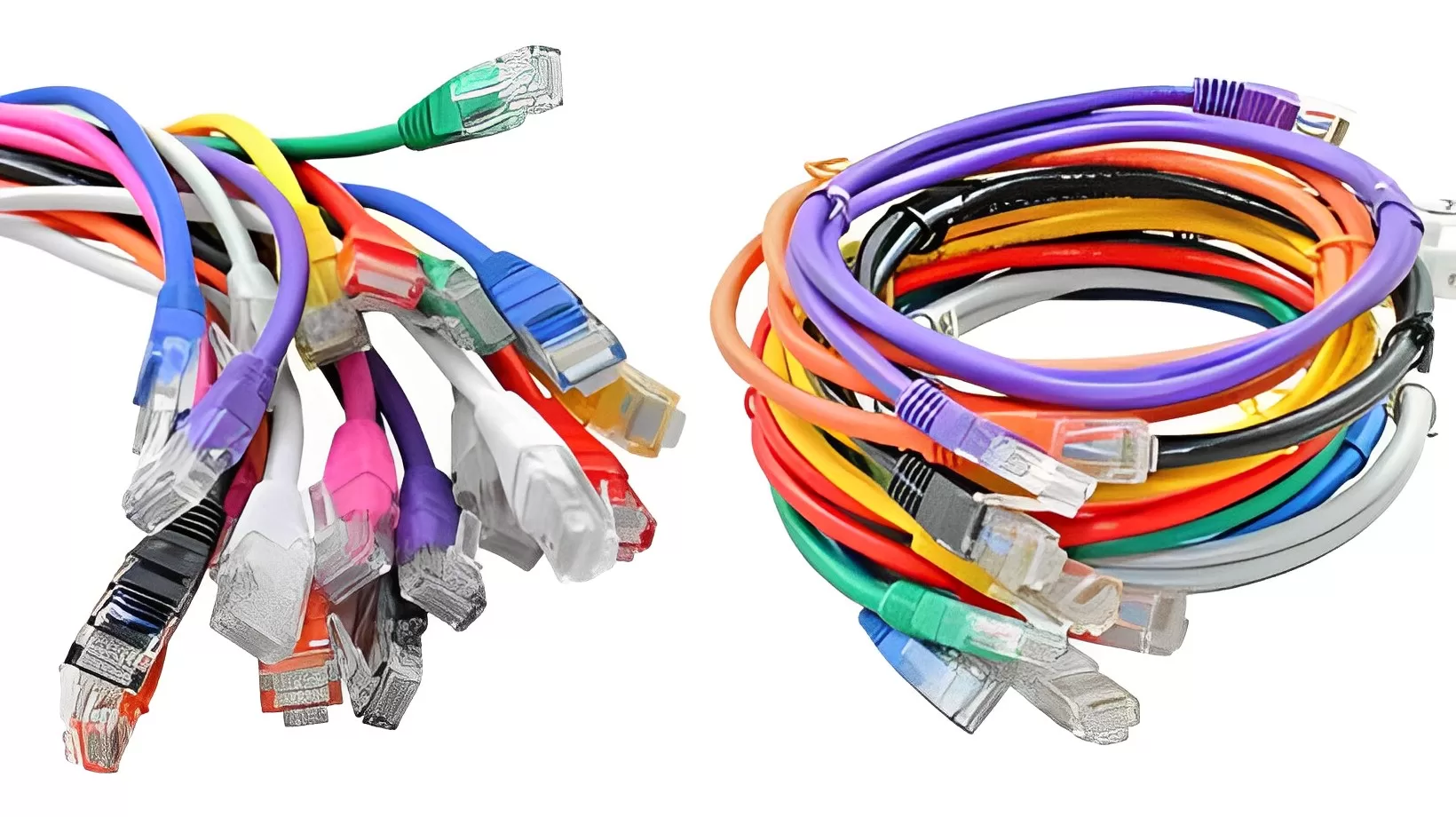
Coaxial cables do not come to mind when we consider technology that is propelling the modern world. However, behind the scenes, these simple conductors play a key role in those industries where there is zero tolerance for non-reliability, signal integrity, and performance. Coaxial cables help some of the most advanced systems in the world, as evidenced by MRI machines, military drones, and others.
Here is a better detailing of how the coaxial cables are useful in the major sectors, from industry automation to the aerospace industry.
Telecommunications: The prototype category
Coaxial cable was invented and designed to be used on early telephone lines and is ubiquitous in telecom infrastructure. Nowadays, they are popularly utilized in:
- TV and cable internet distribution
- RF and cell tower backhaul links
- Broadband signal transmission in rural and urban networks.
They are best suited to such applications because they can transmit high-frequency signals long distances with less cross-talking interference, and in cases where fiber optics cannot be installed.
Industrial: Durable in adverse conditions
Coaxial cables are deployed in transmitting signals in process control in industrial environments, automation, and robotics. They are preferable for:
- Sensor-controller RF communication
- Factory automation tools that require EMI-susceptible cabling
- Quality control and inspection of machine vision systems.
Coating and heavy-duty jacket materials enable coaxial cables to withstand the extremes of temperature, shocks, and electrical noise frequently seen in industrial environments.
Medical: Accuracy in high-pressure situations
Coax cables have an indispensable application in medical imaging and medical equipment diagnostics, where signal crispness is concerned. The major applications are:
- MRI systems and ultrasound systems
- Patient monitoring equipment
- Surgical and endoscopic camera systems.
The signal integrity that they uphold is an important aspect in clinical settings, whereby false readings or imaging can be catastrophic.
Aerospace: Lightweight and high-performance solutions
In aerospace, sometimes each ounce matters, and the precision of signals does matter. Coaxial cables are applied to:
- Aircraft communication systems
- Entertainment and in-flight connectivity
- Radio navigation systems and radar.
Light-weight coax layouts with specialty insulators aid in trimming aircraft weight with no tradeoff in signal reception, particularly at the higher altitudes and through variable temperatures.
Defense: Constructed of tactical reliability
Coaxial cables in military and defence are designed to be very rugged and safe to transmit signals. They are applied in:
- Satellite and radio communications
- Electronic warfare systems
- Vehicles, drones, and missile guidance systems.
Military versions of coaxial cables are sometimes thicker-walled, with additional shielding, ruggedized connectors, and moisture-proofing, corrosion-proofing, and battlefield-tolerant features.
Wrapping up
Coaxial technology is evolving, not becoming obsolete, but rather more efficient to handle the demands of a world that needs more, faster, cleaner, and more resilient signal transmission. They are a legacy technology that will continue to play a significant role in industries that depend on flawless input and output. Whether it is helping a doctor see a live heart scan or landing a plane safely in cases of low visibility, coaxial cables are the invisible infrastructure that makes it all possible.
